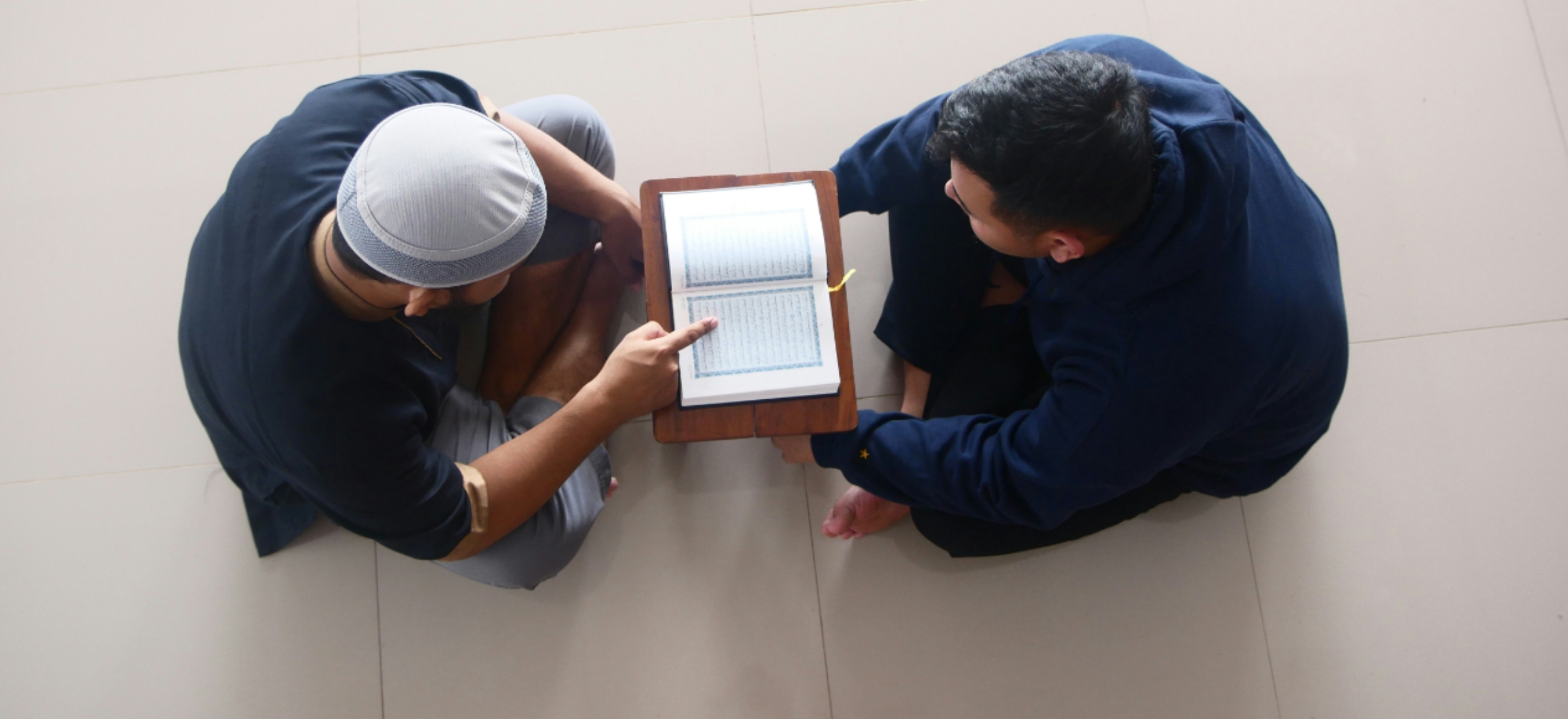Furthermore, the methodological design of each article was described, including study type, procedures, and theoretical frameworks, to identify the main conceptual foundations used across the literature (RQ3). Finally, results concerning the psychological impacts of loneliness and isolation, along with the organizational strategies proposed to mitigate these negative effects, were extracted and organized through thematic and bibliometric analysis. This process involved identifying thematic clusters through co-occurrence and network analysis, facilitating the organization of the data into interconnected knowledge domains (RQ1 and RQ4). Poor collaboration and communication between teams, remote employees, and their managers can lead to uncertainty and work-related stress, triggering remote work burnout. Having limited access to immediate guidance or feedback from a manager can cause stress to remote employees.
A 2022 report by the brand-building service provider Buffer shows that 17% of the 2,000 remote workers they interviewed experience difficulties with collaboration and communication in a remote work setting, making this a relatively common issue. This shows that longer working hours can cause further problems regarding work-life balance, increased stress levels, fatigue, and ultimately burnout for remote workers. Research shows that, on average, remote workers tend to work 3 hours more (i.e., about 11 hours per day) than regular office workers.
Policymakers, in turn, must adapt labor standards to recognize isolation and disconnection as occupational health risks in the digital era The reviewed literature underscores the importance of adopting a more critical perspective on the long-term sustainability of remote work, as scholarly debate continues regarding the overall benefits of this work model . While the COVID-19 pandemic significantly accelerated its implementation, more recent developments suggest that several organizations worldwide have begun to scale back, or even fully withdraw, their remote work policies .
A 2018 study by Sigal G. Barsade found that employees experiencing greater loneliness reported feeling less committed to their employers and coworkers. Remote work, by reducing opportunities for informal interaction, can hinder the development of workplace friendships. Research by psychologist Julianne Holt-Lunstad at Brigham Young University has indicated that social integration is one of the strongest predictors of longevity. Similarly, a study conducted by researchers at the University of Chicago found that routine social interactions can benefit mental health. Working in a shared office environment may enhance opportunities for collaboration and professional development, potentially contributing to increased employee effectiveness.
Loneliness and Isolation in the Era of Telework: A Comprehensive Review of Challenges for Organizational Success
If you have ever felt fatigued after a Zoom call, don’t worry—you’re not alone. As many as 73% of surveyed workers who had shifted to remote work say they felt digital overload. Perhaps it’s because when we worked together in an office, we could get through a meeting like it was nothing and then move on to the next project. Now, it seems like there are often a lot of unanswered questions and confusion after calls.
While the preference is strongest among younger employees, it holds true across all age groups. Remote work has long been promoted as a way to substantially increase employee productivity. A 2013 study showed a 13% increase in productivity among remotely working call-center employees at a Chinese travel agency.
The Role of Kuubiik in Alleviating Remote Work Fatigue
This thematic grouping reflects the complexity of the factors influencing psychological well-being and their direct implications for professional performance. Within this cluster, numerous studies emphasize loneliness as a mediating factor linking psychological disorders and reduced productivity . Recent research has therefore focused on understanding the mechanisms underlying loneliness, particularly its effects on psychological well-being and work efficiency . Ref. define loneliness as a subjective experience marked by perceived isolation or disconnection from one’s environment. In this workplace context, this occurs when an individual feels socially distanced or emotionally detached from the organization, even while interacting with others .
Preventive Tips for Remote Work and WFH Burnout
- Remote workers may have the opportunity to relocate to another city or state for potential job opportunities and or lower cost of living.
- These conflicts are more prevalent in in-home office settings, where role overlap directly impacts productivity and psychological well-being .
- In the early 1970s, technology was developed that linked satellite offices to downtown mainframes through dumb terminals using telephone lines as a network bridge.
- Research by psychologist Julianne Holt-Lunstad at Brigham Young University has indicated that social integration is one of the strongest predictors of longevity.
Resourceful and resilient organizations (Privara, 2022) operating remotely improved mental wellbeing and job satisfaction (Nemţeanu and Dabija, 2023), further optimizing employee financial security and reducing layoffs. The COVID-19-related emotional exhaustion and job insecurity (Popescu Ljungholm and Olah, 2020) affected perceived organizational support (Nemţeanu et al., 2022) and employee mindfulness in terms of human resource management practices. The remote work experiences in terms of cognitive and affective processes (Robinson et al., 2021) influenced job performance and employee wellbeing, thereby persuading organizational behavior. Workplace social support is needed for technology-mediated remote work to improve professional engagement and the psychological wellbeing of employees.
I’m looking for a remote job. Are these sites safe/legit to apply on?
Building on the limitations identified, several promising avenues for future research emerge. First, longitudinal studies are needed to examine how feelings of loneliness and isolation develop over time and how they interact with mental health, job satisfaction, and productivity. Such designs would offer stronger causal insights and support the formulation of sustainable remote work policies.
- If you find yourself snapping at colleagues or feeling more frustrated than usual, it might be a sign of emotional fatigue from remote work.
- However, no formal statistical estimation of inter-rater reliability, such as Cohen’s kappa coefficient, was conducted.
- Inadequate digital competencies and the ongoing demand for technological adaptation have further elevated stress and anxiety levels .
Density’s RTO data sparks debate between a pro-office CEO and a remote-friendly workplace strategist. Instead, ask questions that give you a glimpse into your employees’ mood and mindset. In that same FlexJobs /Mental Health America survey, only 21% of the 1,500 respondents said they felt comfortable having an open, productive conversation with HR about overcoming remote work burnout.
As noted by , the absence of a structured work environment can exacerbate technostress and contribute to increased psychological suffering. These effects have clear implications for performance, reducing productivity and harming mental resilience, especially among professionals struggling with digital tools . The first cluster, in red, encompassing 26.2% of the analyzed articles, centers on the relationship between teleworking and mental health. It brings together terms such as anxiety, loneliness, depression, stress, psychological distress, and work performance.
Technology readiness is a company or groups willingness and ability to use technology. Companies require a technical infrastructure if they are going to adopt technologies in the company. In particular, they require the habits, including those of preparation, regular access, attention given to others’ need for information, in order to effectively use the necessary technology for distributed work.
Ref. emphasizes that remote work fatigue social isolation, especially when compounded by stress, affects psychological well-being and reduces work engagement, potentially triggering a downward spiral of reduced productivity and emotional exhaustion . The third cluster, in blue, highlights the impact of social isolation as an objective condition characterized by the reduction or absence of regular interpersonal interactions . When linked to remote work, this isolation has been identified as a risk factor for increased stress, as it limits opportunities for social exchange—an essential element for emotional support and the development of a healthy organizational climate.
Cities in which the population of remote workers increased significantly were referred to as Zoom towns. Labor Department study published, millions of Americans ceased working from home by 2022, and the number of employers reporting teleworking decreased to the level before pandemic levels. From August to September 2022, approximately 72 percent of private-sector businesses reported little to no telework among workers, compared to roughly 60 percent from July to September 2021.




